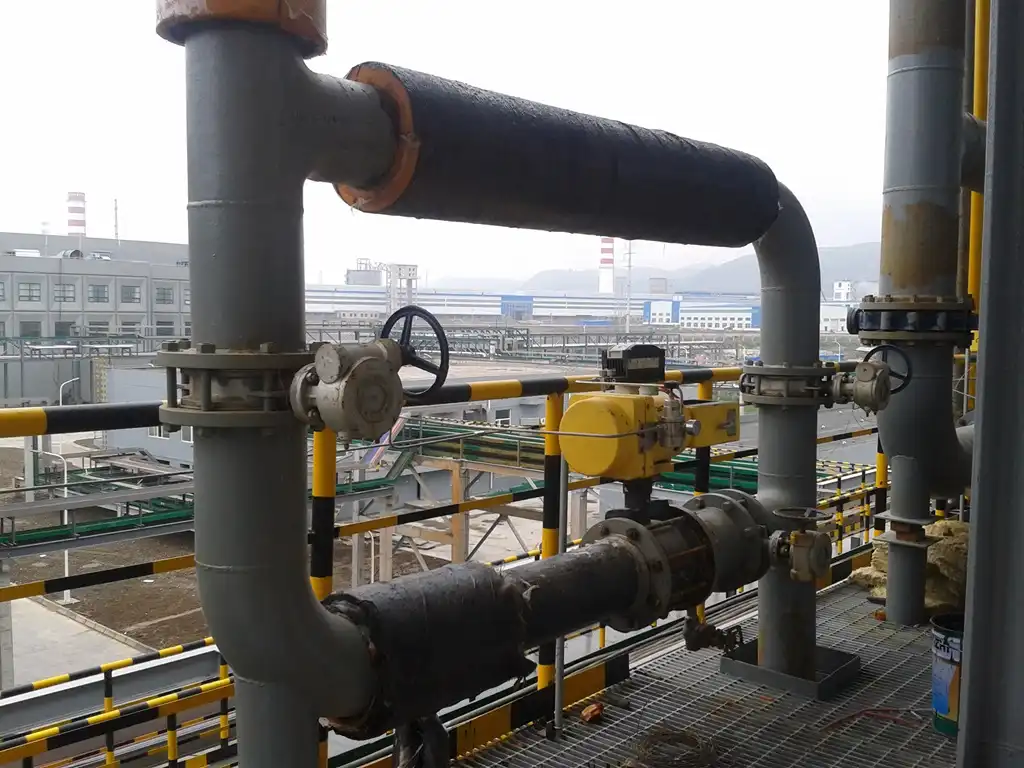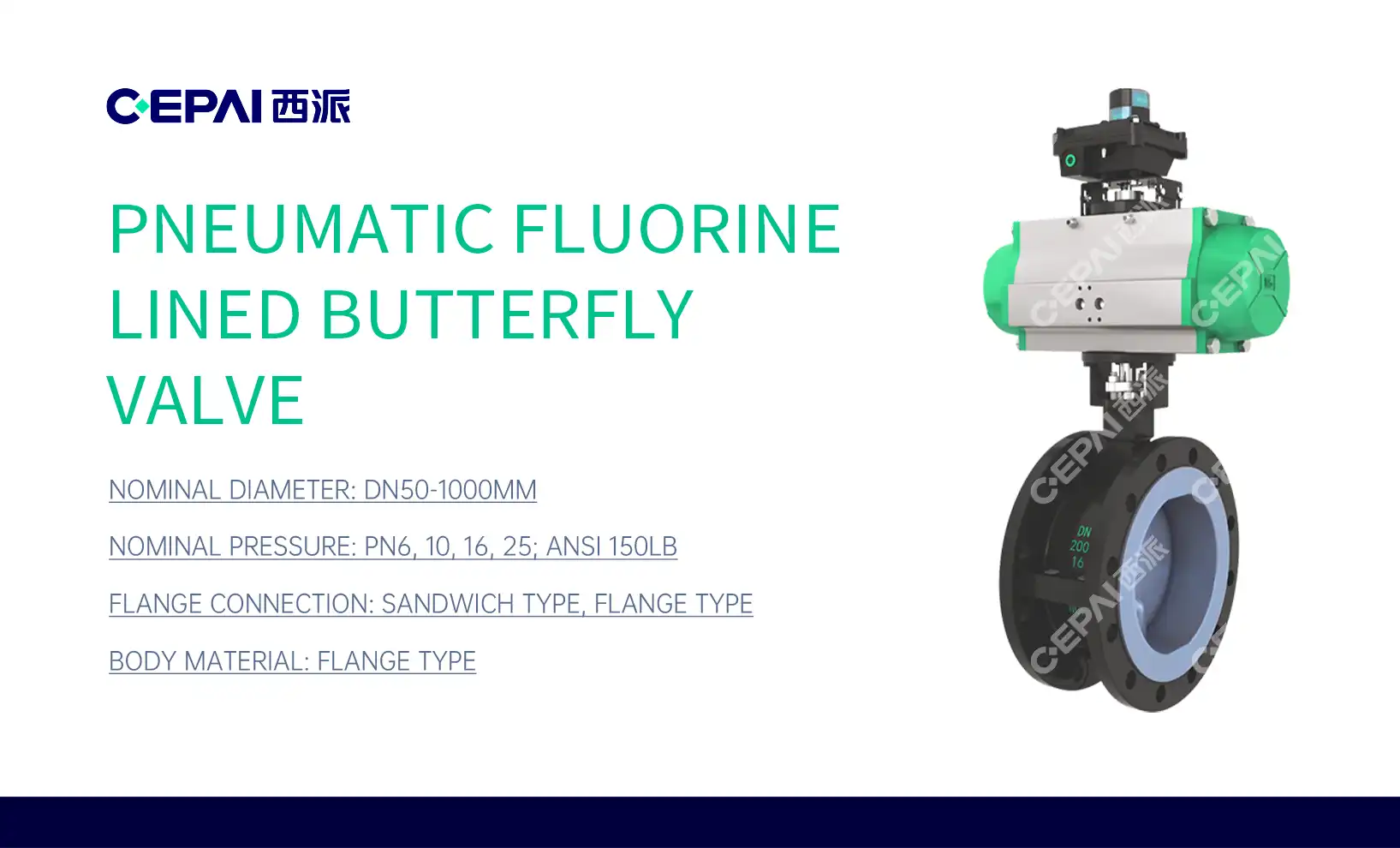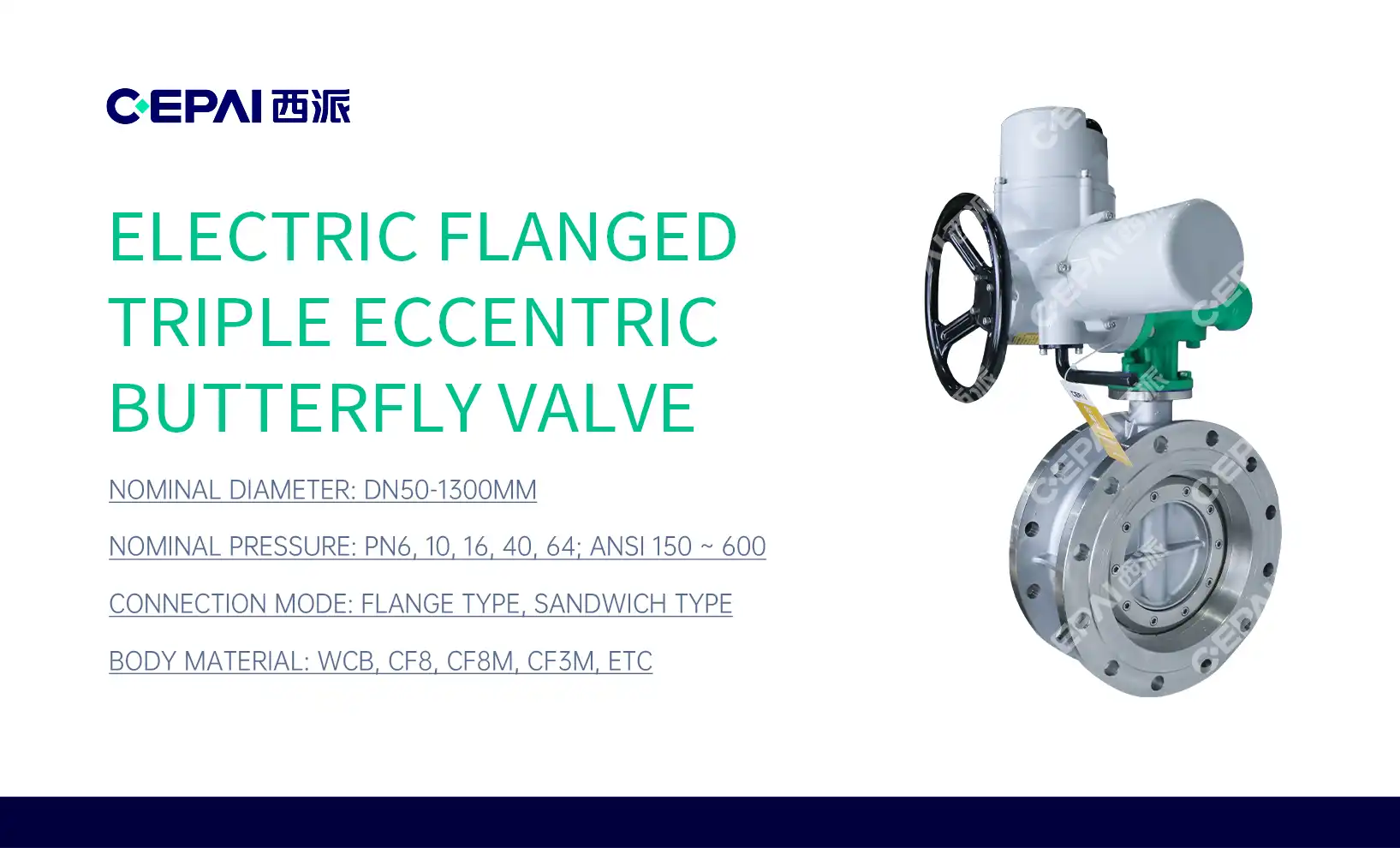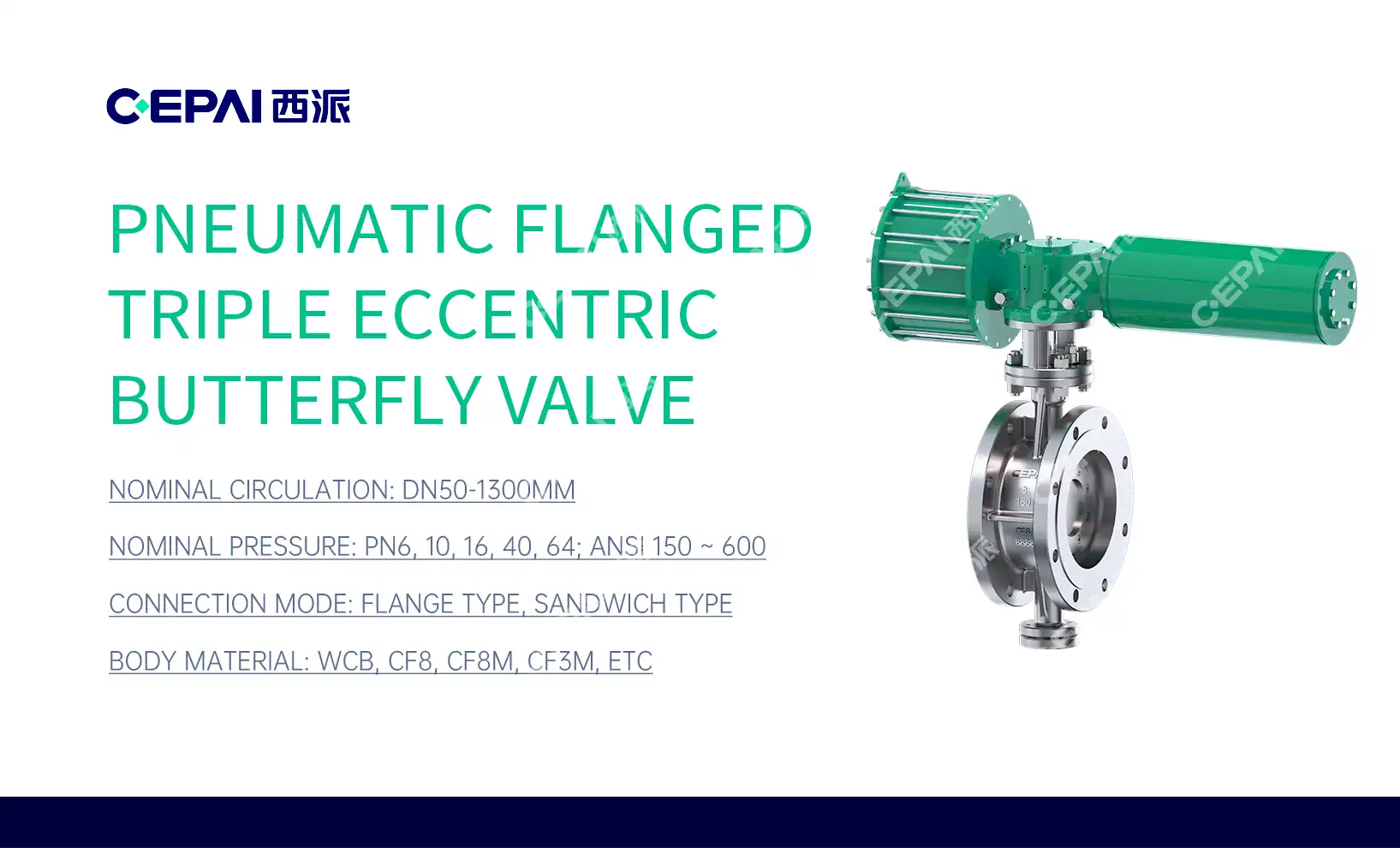Preparation and Safety Measures
Gathering Essential Tools and Equipment
Before beginning the installation of a motorized ball valve, it is important to prepare all required tools and safety items in advance. Common tools include a wrench set for tightening connections, screwdrivers for securing components, pipe tape for sealing joints, and a multimeter for verifying electrical connections. Safety gear such as protective gloves and safety glasses should always be worn. By gathering these essentials beforehand, you can ensure a smoother installation process, minimize downtime, and avoid unnecessary delays or potential hazards.
Understanding Valve Specifications
Proper installation starts with a clear understanding of the motorized ball valve's specifications. Carefully review details such as voltage ratings, flow direction, mounting orientation, and actuator requirements. These specifications directly affect valve performance and long-term reliability. Ignoring them may lead to incorrect installation or system inefficiency. Always consult the manufacturer's technical manual or product datasheet to confirm compatibility with your system. Familiarizing yourself with these factors ensures that the valve will function correctly under operating conditions, maximizing efficiency and minimizing the risk of malfunction.
Safety Precautions
Safety is the most critical consideration when installing or handling motorized ball valves. Always disconnect the power supply before working with electrical components to prevent shocks. If installing in an existing pipeline, release internal pressure and completely drain the pipes before proceeding. Wear appropriate personal protective equipment such as gloves, safety glasses, or protective clothing to avoid injury from sharp edges or accidental leaks. Maintaining strict adherence to safety guidelines not only protects workers but also ensures the reliability and integrity of the installed valve system.
Installation Process
Preparing the Piping System
Before installing the motorized ball valve, thoroughly prepare the piping system to ensure a secure and leak-free setup. Clean the pipe ends carefully, removing any rust, dirt, or old sealing materials that could compromise the new connection. Apply pipe tape or an appropriate thread sealant evenly to the threads, creating a reliable seal that prevents leaks under pressure. Proper preparation at this stage not only protects system integrity but also reduces the likelihood of future maintenance issues or operational failures.

Mounting the Valve
Once the piping system is prepared, position the motorized ball valve correctly in line with the system's flow direction. Ensure the valve body markings are aligned to match the required flow path. Secure the valve with suitable fittings and connectors, tightening each joint to create a stable installation. Be cautious not to overtighten, as excessive force can damage threads, deform components, or weaken the valve body. Properly mounted valves provide reliable performance and help maintain consistent system operation under various working conditions.
Electrical Connections
After the valve is mechanically secured, proceed with the electrical wiring as instructed in the manufacturer's documentation. Connect the power supply, control signals, and any auxiliary feedback lines according to the provided wiring diagram. Ensure all terminals are tightened properly and insulated to prevent short circuits or loose connections. Double-check the wiring configuration before energizing the system to avoid electrical faults or actuator damage. Careful attention to this step ensures safe operation, precise valve control, and long-term system reliability in automated applications.
Testing and Troubleshooting
Initial Power-Up and Function Test
After completing the installation, it's time to test the valve's functionality. Restore power to the system and initiate a test cycle. Observe the valve's operation, checking for smooth opening and closing. Listen for any unusual noises that might indicate misalignment or obstruction. This initial test is crucial for identifying any immediate issues.
Leak Check
Pressurize the system gradually and inspect all connections for leaks. Pay close attention to the areas around the motorized ball valve, valve body and pipe joints. Even small leaks can lead to significant problems over time, so address any issues promptly. Use appropriate leak detection methods, such as soap solution or specialized equipment, for thorough inspection.
Troubleshooting Common Issues
If you encounter problems during testing, don't panic. Common issues include valve not opening or closing fully, unusual noises, or electrical faults. Check for loose connections, incorrect wiring, or mechanical obstructions. Consult the troubleshooting section of your valve's manual for specific guidance. If problems persist, don't hesitate to seek professional assistance to avoid damaging the valve or your system.
Conclusion
Successfully installing a motorized ball valve requires careful preparation, attention to detail, and a systematic approach. By following this step-by-step guide, you've equipped yourself with the knowledge to tackle the installation process confidently. Remember, proper installation is key to ensuring the longevity and efficiency of your valve. Regular maintenance and periodic checks will help keep your system running smoothly for years to come. If you encounter any challenges beyond your expertise, don't hesitate to consult with professionals to ensure the best outcome for your fluid control system.
FAQs
1. How often should I service my motorized ball valve?
Regular maintenance is recommended every 6-12 months, depending on usage and environmental conditions.
2. Can I install a motorized ball valve outdoors?
Yes, but ensure it's rated for outdoor use and protected from extreme weather conditions.
3. What's the lifespan of a typical motorized ball valve?
With proper maintenance, a high-quality motorized ball valve can last 10-15 years or more.
4. Is it normal for the valve to make a humming sound?
A slight hum is normal during operation, but loud or unusual noises should be investigated.
Expert Motorized Ball Valve Solutions | CEPAI
At CEPAI Group, we specialize in cutting-edge motorized ball valve technology, offering superior quality and reliability for industrial automation applications. Our valves are designed and manufactured to meet the highest international standards, ensuring optimal performance and safety. With our commitment to excellence and continuous innovation, we provide tailored solutions to meet your specific needs. For expert advice or to explore our range of motorized ball valves, contact our dedicated team at cepai@cepai.com. Trust CEPAI, your reliable supplier and manufacturer, for all your valve and instrumentation requirements.

References
Johnson, R. (2022). Advanced Techniques in Motorized Valve Installation. Journal of Industrial Automation, 45(3), 78-92.
Smith, A. & Brown, T. (2021). Troubleshooting Guide for Motorized Ball Valves. Fluid Control Quarterly, 18(2), 112-125.
Miller, E. (2023). Safety Protocols in Valve Installation and Maintenance. Industrial Safety Review, 30(1), 45-58.
Thompson, L. et al. (2022). Comparative Analysis of Motorized Valve Performance in Various Industries. International Journal of Valve Technology, 12(4), 201-215.
Garcia, M. (2021). Energy Efficiency Improvements Through Advanced Valve Technology. Sustainable Engineering Practices, 7(3), 89-103.
Wilson, K. & Lee, S. (2023). Long-term Reliability Studies of Motorized Ball Valves in Harsh Environments. Materials Performance and Characterization, 9(2), 156-170.

_1746598538016.webp)



